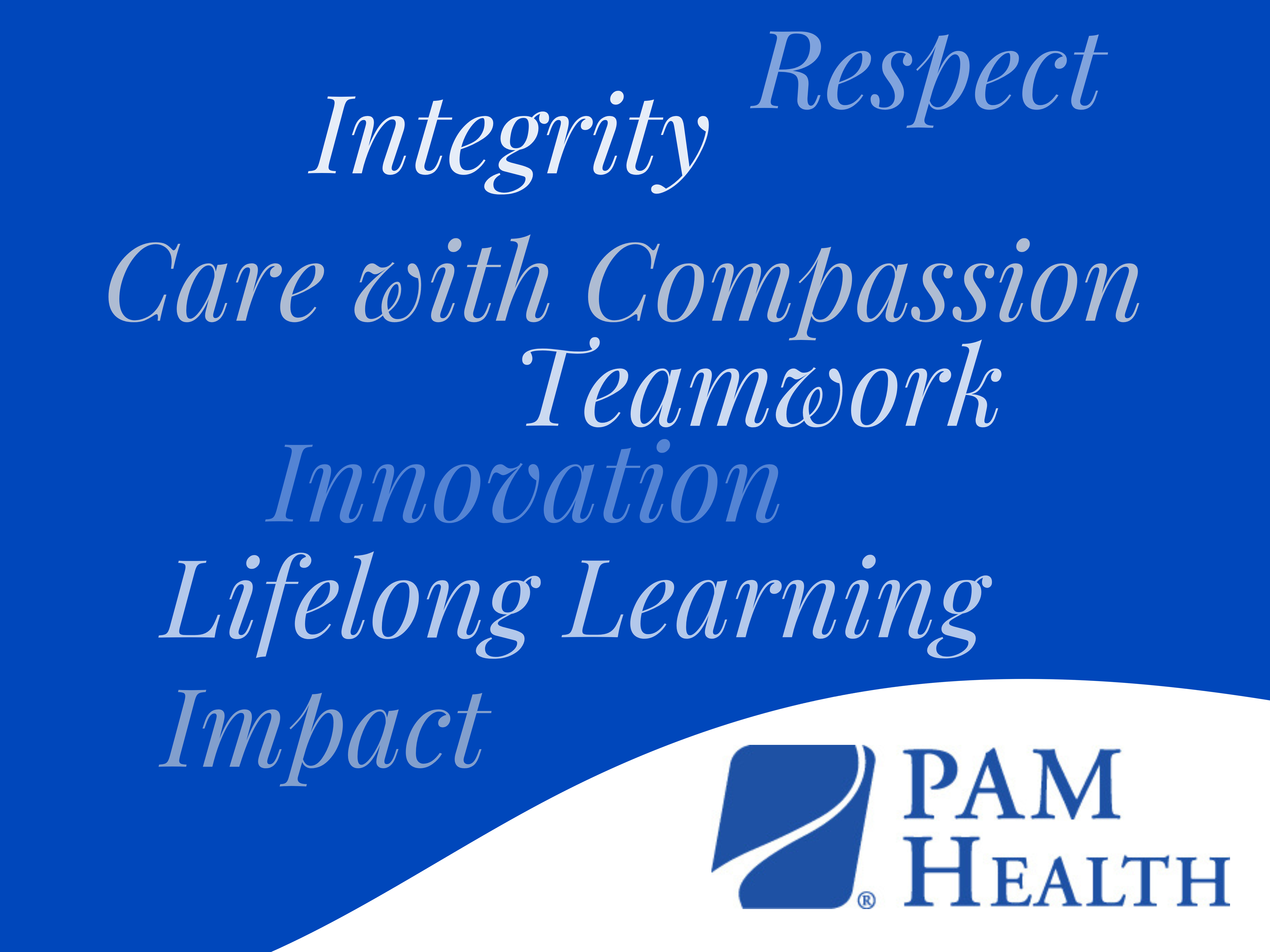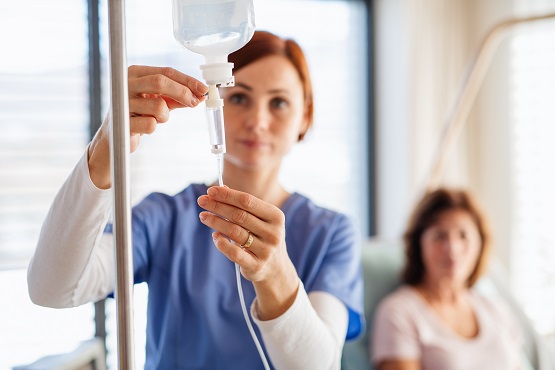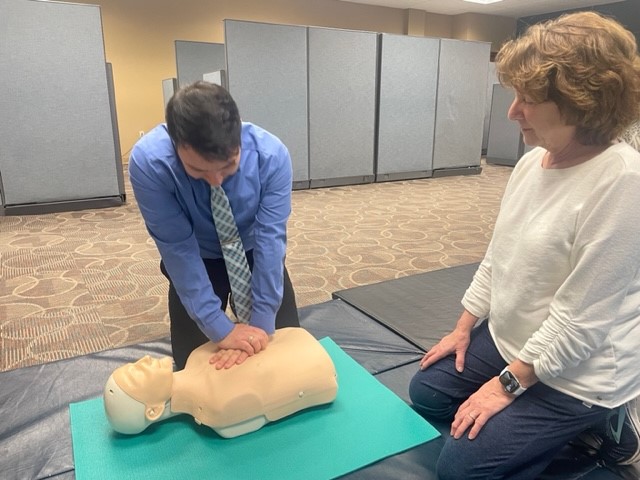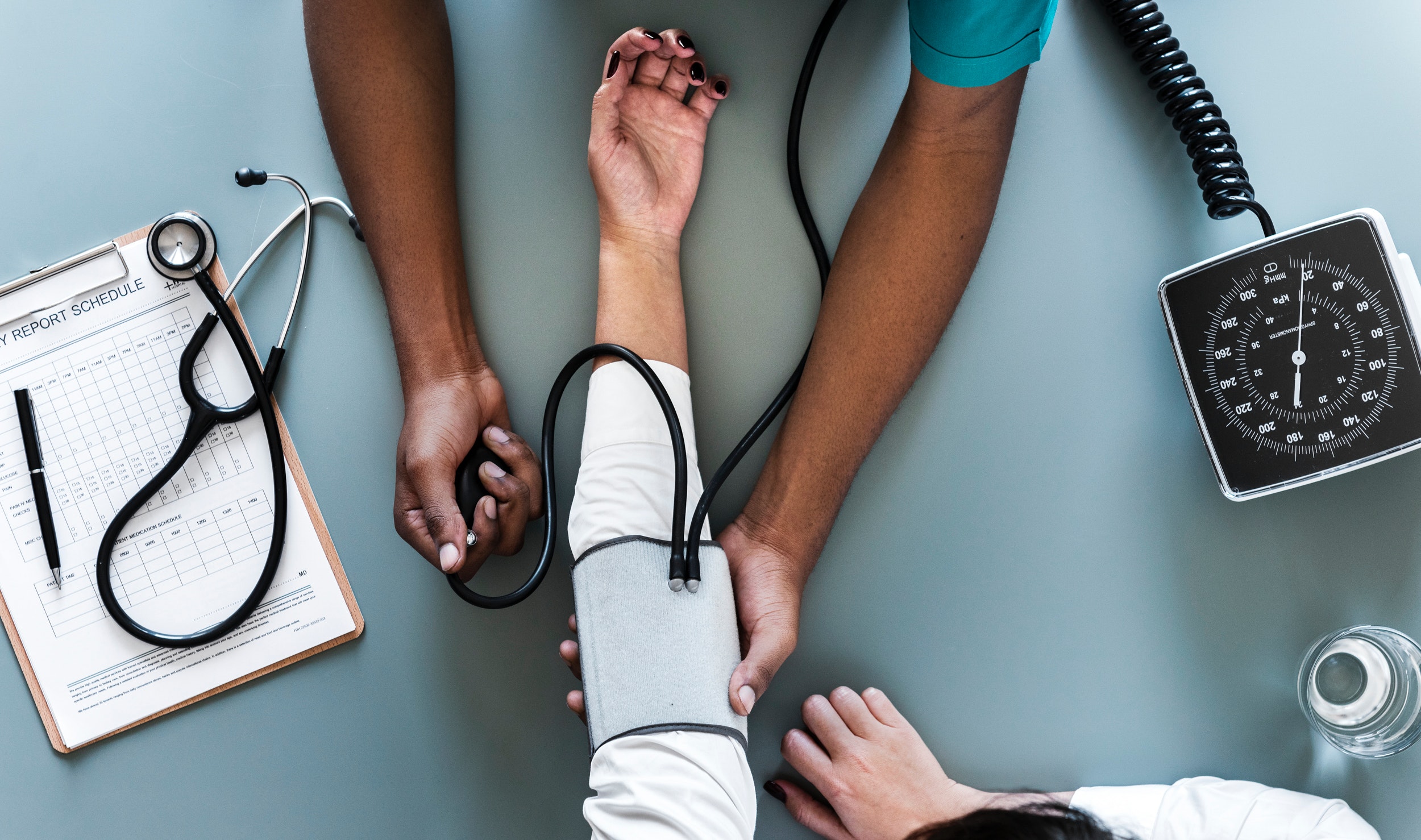Where you recover from a stroke matters. A stroke can affect almost every system in the body including respiratory, circulatory, muscular, and nervous system. If additional recovery is needed following a stroke, patients should consider where they can receive the types of specialized rehabilitation that will help them reach their desired outcomes. According to a 2019 article in the JAMA Network Open, stroke patients who went to an inpatient rehabilitation hospital (IRF) fared significantly better in mobility and self-cares than patients who went to a skilled nursing facility (SNF) (Ickypo Hong, et al., 2019). Moreover, that is just the immediate difference! Logic would indicate that because the IRF patients were able to do better with mobility and self-care, they would also be less likely to experience a fall or another adverse event that would send them back into the hospital for another costly admission.
Self-care and Mobility
The study that the authors cite in JAMA Network Open included 99,185 patients who suffered a stroke. Those who received care in an IRF versus a SNF had “greater improvement in mobility and self-care…and a significant difference in functional improvement remained after accounting for patient, clinical, and facility characteristics at admission.” (Ickypo Hong, et al., 2019) Comparing admission scores to discharge scores, the mobility score for IRF patients improved by 11.6 versus 3.5 for SNF patients. In self-care, IRF patient scores improved even more from admission to discharge – by 13.6 compared to 3.2 for SNF patients (Ickypo Hong, et al., 2019). A 10-point improvement in scores can mean the difference between a patient needing additional inpatient care and returning home.
Expert, specialized care
One of the biggest reasons for the better outcomes is the quality and type of care available at a rehab hospital versus a SNF. The American Academy of Physical Medicine and Rehabilitation (AAPMR) calls rehab hospitals like those at PAM Health the “gold standard” for stroke recovery. (American Academy of Physical Medicine and Rehabilitation, 2016) IRFs have a greater range of tools and experience in treating certain conditions like stroke in addition to more physician involvement than at the SNF level. Notably, several PAM Health hospitals have earned certificates of distinction in stroke rehabilitation from The Joint Commission. A certificate signifies that a hospital meets The Joint Commission’s rigorous safety and quality standards. (The Joint Commission, 2022) Earning certification in stroke rehabilitation requires the hospital to demonstrate excellence in three areas: standards, clinical practice guidelines, and performance measurement. Emphasis is placed on the collaboration of an interdisciplinary team of experts who work together to create an individualized treatment plan for each patient. Patient education is a core component as well because it can lead to risk factor reduction and decrease the potential for another stroke.
Shorter Lengths of Stay = Quicker Return Home
Although the average length of stay for a patient will vary depending upon the severity of the stroke as well any additional medical needs the patient may have, stroke patients recovering in the IRF setting typically stay for a little over two weeks as compared to those recuperating in a SNF, which has an average length of stay of 32.1 days. Additionally, the American Academy of Physical Medicine and Rehabilitation reports that nearly 70 percent of stroke patients nationwide are healthy enough to return home following recovery at an IRF (American Academy of Physical Medicine and Rehabilitation, 2016). A shorter stay combined with the ability to perform self-cares and move around safely can greatly enhance a patient’s mental health.
Enhanced Mental and Physical Health
In fact, self-care and mobility can decrease depression and lead to improved quality of life. (Robinson-Smith & Pizzi, 2003) Depression following a stroke is common with estimates that it affects about 1/3 of stroke survivors (Amytis Towfighi, 2016) Patients and caregivers should be aware of this as they choose a rehabilitation location. They should find one that is capable of meeting the patient’s physical, emotional, and mental healthcare needs. In PAM Health hospitals, patients often share that they initially felt nervous and scared about their recovery when they admitted to our hospital. However, following successful rehabilitation stays, many of those same patients expressed relief and gratitude at progressing faster than they anticipated and being able to return home and/or to the activities that they enjoy.
You can learn more about PAM Health’s stroke recovery program here.
References
American Academy of Physical Medicine and Rehabilitation. (2016, April 28). AAPM&R Stroke Brochure. Retrieved from AAPM&R: https://www.aapmr.org/docs/default-source/career-center/aapmr-stroke-brochure-4-28-printhighres.pdf?sfvrsn=0
Amytis Towfighi, M. C. (2016, December 8). Poststroke Depression: A Scientific Statement for Healthcare Professionals From the American Heart Association/American Stroke Association. Retrieved from AHA Journals: https://www.ahajournals.org/doi/full/10.1161/STR.0000000000000113
Ickypo Hong, P. O., James S. Goodwin, M., Timothy A. Reistetter, P. O., Yong-Fang Kuo, P., Trudy Mallinson, P. O., Amol Karmarkar, P., . . . Kenneth J. Ottenbacher, P. O. (2019, December 4). Comparison of Functional Status Improvements Among Patients With Stroke Receiving Postacute Care in Inpatient Rehabilitation vs Skilled Nursing Facilities. Retrieved from JAMA Network: https://jamanetwork.com/journals/jamanetworkopen/fullarticle/2756256
Robinson-Smith, G., & Pizzi, E. R. (2003). Maximizing stroke recovery using patient self-care self-efficacy. Rehabilitation Nursing: The Official Journal of the Association of Rehabilitation Nurses, 48-51.
The Joint Commission. (2022). Stroke Rehabilitation Certication. Retrieved from The Joint Commission: https://www.jointcommission.org/what-we-offer/certification/certifications-by-setting/hospital-certifications/stroke-certification/basic-stroke/#93366e23047b4eb79a0b70f10cdcecd4_c8d3bee95bbe416c85a3f757c4288627






